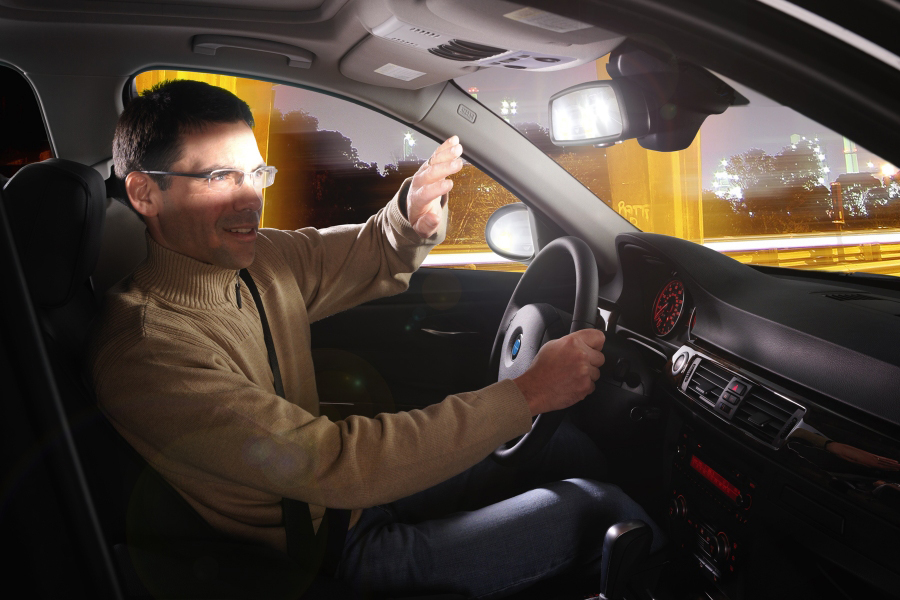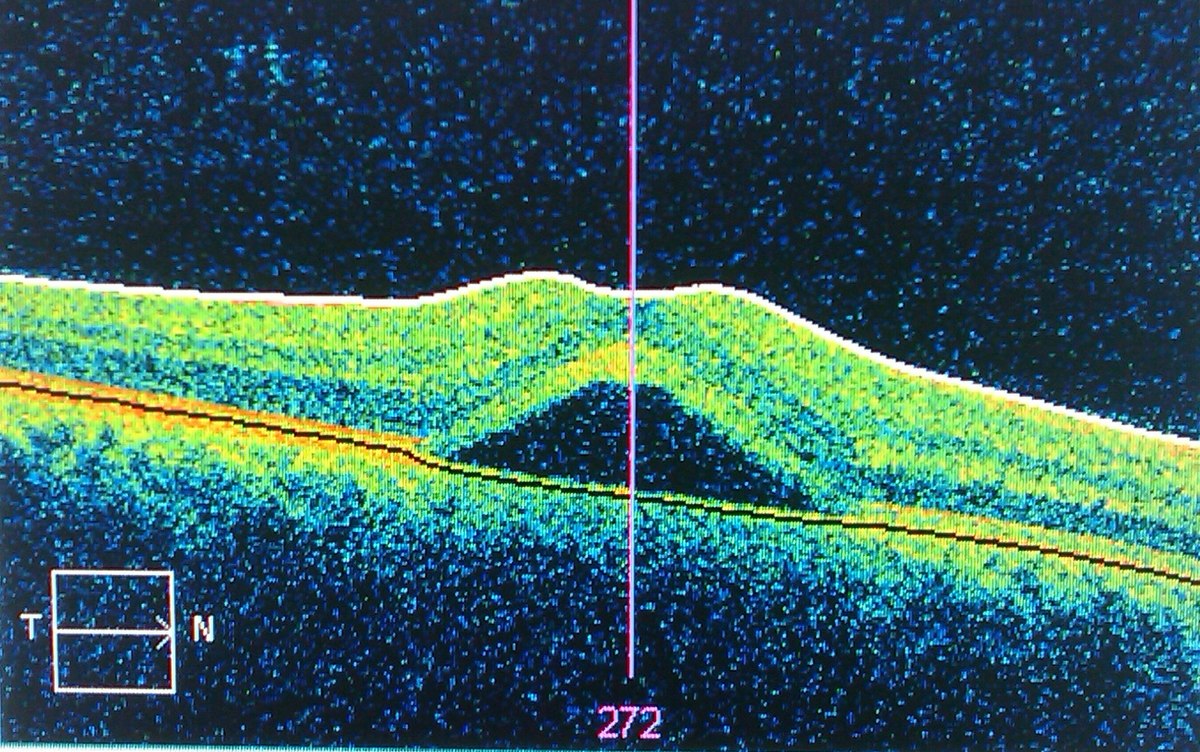
Government to investigate whether headlights are too bright | Autocar
Department for Transport will commission an independent report after MPs were petitioned on the issue

So your bike is faster than the speed of light?try going down the canal path in pitch black even my 8000lm light is not enough as it cant throw the light far enough for me to see past 25mph
Also helps if people slow down and drive to the conditions and follow 20 mph limits...There's two older facets to this subject:
1) The Government's Road Research Laboratory in an little publicised study decades ago reported on the sharp increase in pedestrian deaths after the unwise and advised against introduction of dipped headlights in town, due to other drivers being dazzled and unable to see pedestrians in darker spots in the roads.
Protests about this from MPs and finally a Baroness in the House of Lords over a seven year period were all responded to with the statement that the government was urgently looking at the matter. Nothing was ever done and the unnecessary deaths continued.
2) Pupils shrink and don't dilate as much in the the dark as we age, reducing the amount of light entering the eye. The retina of an 80-year-old receives far less light than the retina of a 20-year-old, making older drivers function as though they are wearing sunglasses at night. An older person may exhibit normal visual acuity in an eye exam but still struggle to focus on the road at night, where lighting is poor and more complex visual tasks are required.
Ironically, high beams, auxiliary lights and fog lights designed to help you see better at night can put you at risk for an accident due to the glare you may experience when oncoming vehicles have these features.
As an over 80 year old, despite perfect daytime vision I am affected by this afer dark, so since 2019 for the sake of all other road users I wont under any circumstances drive after dark.
.
My whole London Borough of Croydon is 20 mph apart from the through routes. When it was first introduced nine years ago the Metropolitan Police announce that they wouldn't be policing that, so almost universally 29 mph became the default speed at first.Also helps if people slow down and drive to the conditions and follow 20 mph limits...
its not fast enough needs more powerSo your bike is faster than the speed of light?
Car headlights will turn blue when you approach the speed of light.its not fast enough needs more powerSo your bike is faster than the speed of light?
Car headlights dazzle me while cycling, which makes my eyes hurt because I have Central Serous Retinopathy in both eyes:I have taken to wearing yellow glasses at night to tone down the dazzle from leds.

 en.wikipedia.org
en.wikipedia.org
That's a problem of the owners rather than the vehicle because most cars have adjustable headlight angle. What happens is they load up the car one day, then figure out the lights are too low, so they bring them up to the right level for that condition and never adjust them again.SUV's are the worst! Their undipped lights do appear to be set at the wrong angle for their height. They get it right for vans, why the heck do SUV manufacturers get it so wrong? To save costs I suspect some install car headlights, or car headlight internals, instead of designing new ones for specific SUVs.
In this video of riding down a hill, there's only one SUV which might have not dipped it's headlights, and headlights of nearly all the rest of the vehicles are simply too damned bright, or the beams are the wrong shape, or they're at the wrong angle as well as being too damned bright - exposure on the GoPro was set manually BTW, doesn't change.That's a problem of the owners rather than the vehicle because most cars have adjustable headlight angle. What happens is they load up the car one day, then figure out the lights are too low, so they bring them up to the right level for that condition and never adjust them again.
I've had over 20 Vauxhall Omegas over the years and they were one of the first cars to offer modern xenon headlights to the mainstream back around the year 2000, the government said they could only be fitted if they had automatic self leveling which, in the case of the Omega, uses sensors on the front and rear suspension to determine the height and angle of the car and adjusts the lights instantly. They also had to have headlight squirties to keep them clean.That's a problem of the owners rather than the vehicle because most cars have adjustable headlight angle. What happens is they load up the car one day, then figure out the lights are too low, so they bring them up to the right level for that condition and never adjust them again.
Careful - you are providing even more ammunition for the people who think driving licenses should be entirely withdrawn from people over 70.There's two older facets to this subject:
1) The Government's Road Research Laboratory in an little publicised study decades ago reported on the sharp increase in pedestrian deaths after the unwise and advised against introduction of dipped headlights in town, due to other drivers being dazzled and unable to see pedestrians in darker spots in the roads.
Protests about this from MPs and finally a Baroness in the House of Lords over a seven year period were all responded to with the statement that the government was urgently looking at the matter. Nothing was ever done and the unnecessary deaths continued.
2) Pupils shrink and don't dilate as much in the the dark as we age, reducing the amount of light entering the eye. The retina of an 80-year-old receives far less light than the retina of a 20-year-old, making older drivers function as though they are wearing sunglasses at night. An older person may exhibit normal visual acuity in an eye exam but still struggle to focus on the road at night, where lighting is poor and more complex visual tasks are required.
Ironically, high beams, auxiliary lights and fog lights designed to help you see better at night can put you at risk for an accident due to the glare you may experience when oncoming vehicles have these features.
As an over 80 year old, despite perfect daytime vision I am affected by this afer dark, so since 2019 for the sake of all other road users I wont under any circumstances drive after dark.
.





